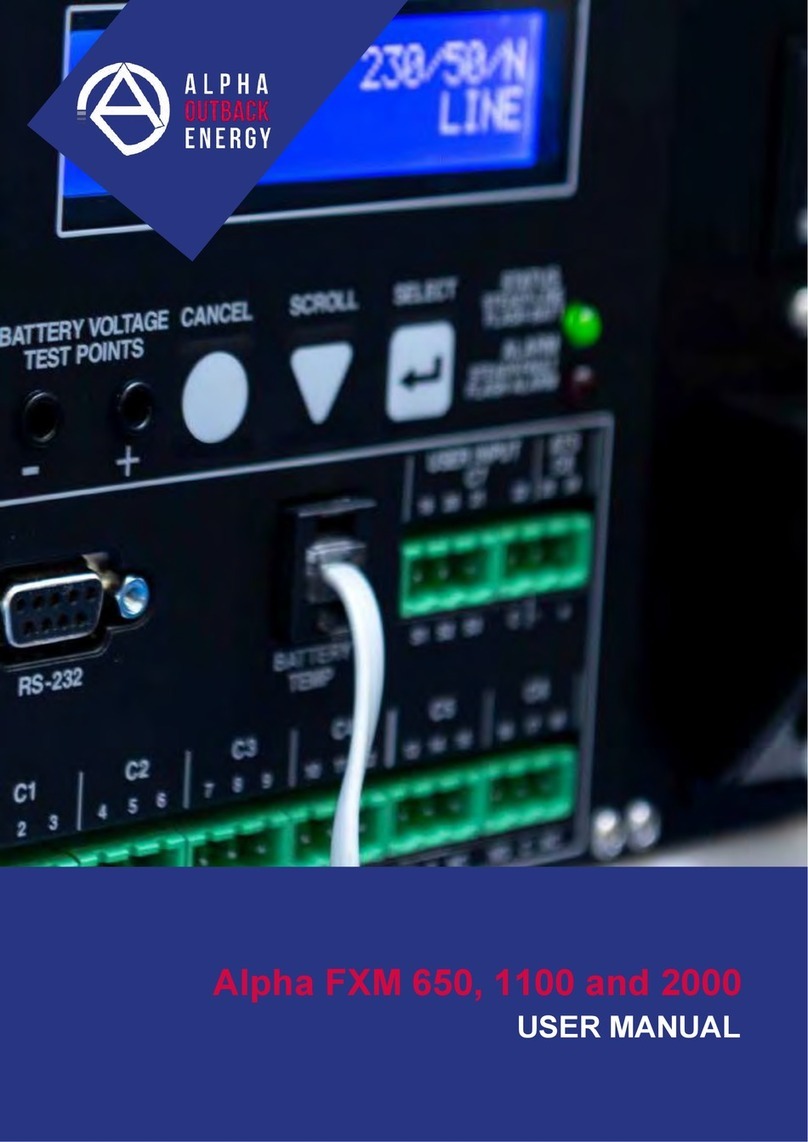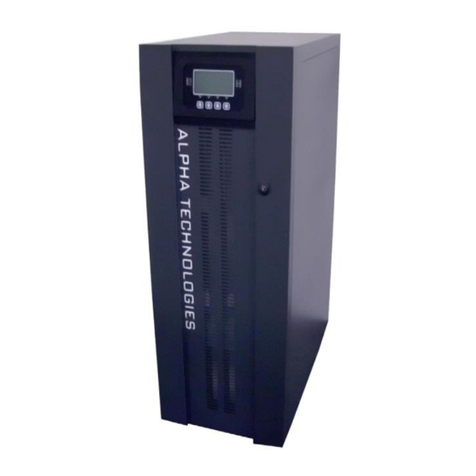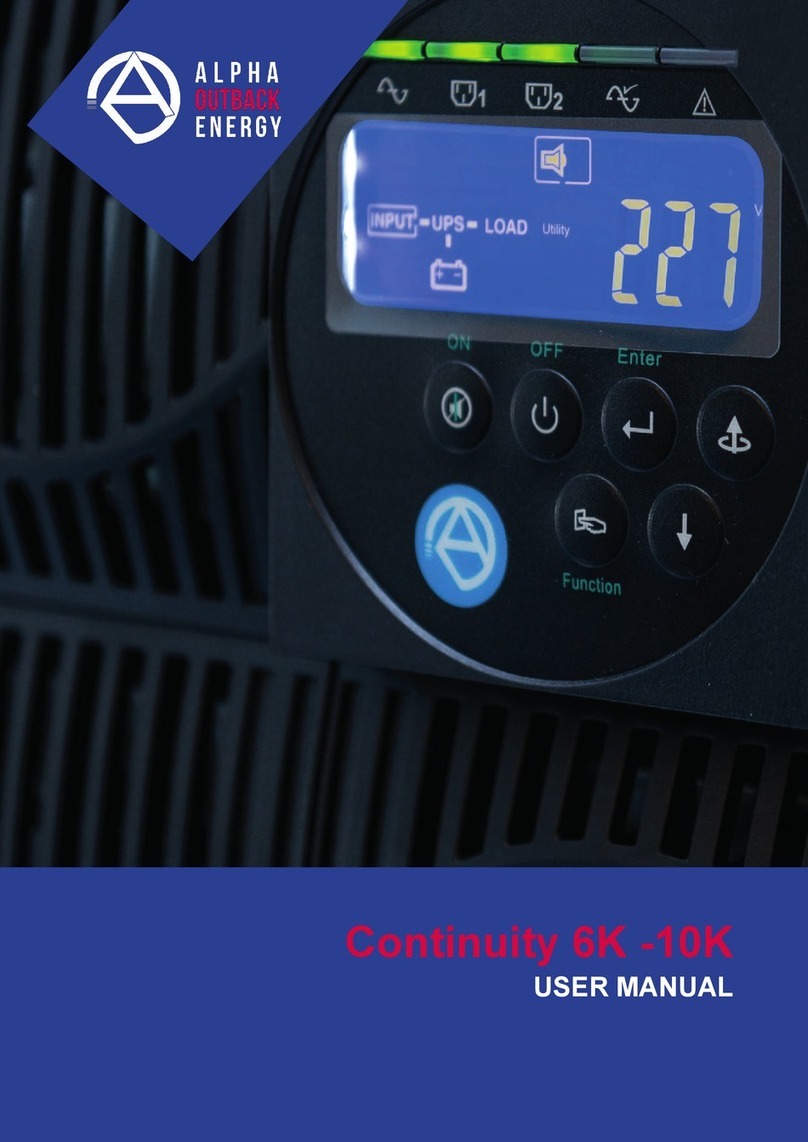
Page 4to 71
“Expert” level............................................................................................................................................................. 28
General system settings......................................................................................................................................... 29
General configuration .......................................................................................................................................... 29
Operating mode ................................................................................................................................................ 29
Auto restart ....................................................................................................................................................... 29
Auto power off ................................................................................................................................................... 30
Enable default IN signals .................................................................................................................................. 30
Inverter output settings ........................................................................................................................................ 30
Voltage setting .................................................................................................................................................. 31
Frequency setting.............................................................................................................................................. 31
Battery configuration............................................................................................................................................ 32
Battery test scheduling ........................................................................................................................................ 32
Battery low time................................................................................................................................................. 32
Access users level .................................................................................................................................................... 33
“PowerUser” level ................................................................................................................................................ 33
“User” level .......................................................................................................................................................... 33
Access level selection ............................................................................................................................................ 34
Password change................................................................................................................................................... 34
STATUS LED ........................................................................................................................................................... 35
Buzzer ...................................................................................................................................................................... 35
Configuring the UPS from display............................................................................................................................. 36
Default setting for other parameters ......................................................................................................................... 36
Default configuration of the input/output signals....................................................................................................... 37
Output signals configuration (factory default)......................................................................................................... 37
Input signals configuration (factory default) ........................................................................................................... 37
Input signals configuration (default configured from the display panel) ................................................................. 37
OPERATIVE PROCEDURES ..................................................................................................................................... 38
Preliminary Operations ............................................................................................................................................. 38
System On direct command ..................................................................................................................................... 39
System On command via battery (Cold Start) .......................................................................................................... 40
Operations checks.................................................................................................................................................... 41
Battery Test ............................................................................................................................................................ 41
Battery Working...................................................................................................................................................... 41
Load Forced On Bypass ........................................................................................................................................ 41
Switching the System from On-Line to Manual Bypass............................................................................................ 42
Emergency Manual Bypass procedure .................................................................................................................. 42
Restore the On Line Mode after Manual Bypass...................................................................................................... 43
Load on static bypass after Manual Bypass ............................................................................................................. 44
System Off command ............................................................................................................................................... 44
Power Off the UPS without access to the Display .................................................................................................... 44
OPTIONS .................................................................................................................................................................... 45
External battery cabinet ............................................................................................................................................ 45
Battery room ventilation ......................................................................................................................................... 46
Setting the rated battery capacity – Software configuration ................................................................................... 46
External battery temperature probe .......................................................................................................................... 47
Extended run-time .................................................................................................................................................... 47
Dual input ................................................................................................................................................................. 47
Remote maintenance Bypass................................................................................................................................... 48
External Sync kit....................................................................................................................................................... 49
Internal transformer .................................................................................................................................................. 50
Remote panel ........................................................................................................................................................... 51
Parallel...................................................................................................................................................................... 51



































